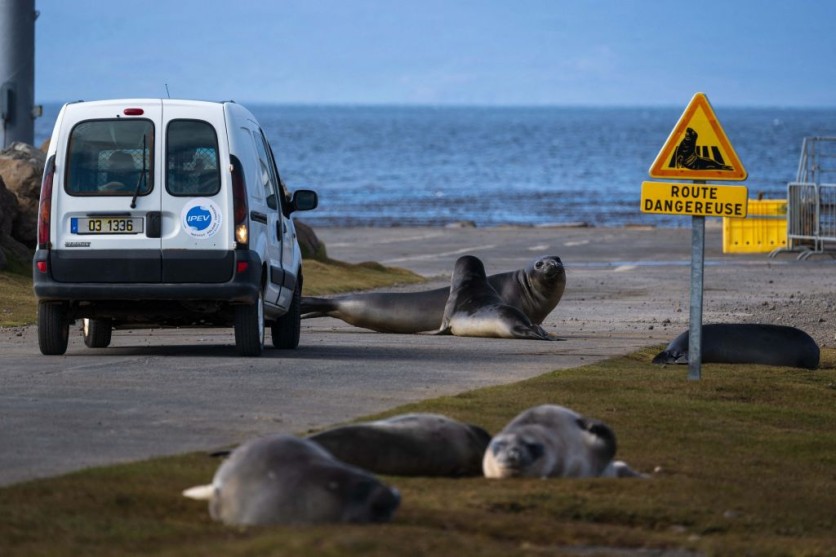AI is poised to revolutionize wildlife conservation efforts, particularly in safeguarding wild animals from road accidents.
In Brazil, researchers have made strides in utilizing this ever-growing technology to protect wild animals and prevent accidents on highways.

Using AI to Protect Wildlife on the Road
A recent study details the development of a computer vision model designed to detect Brazilian wildlife species automatically.
Led by Gabriel Souto Ferrante from the University of São Paulo's Institute of Mathematics and Computer Sciences, the research aims to address the alarming rate of wildlife fatalities on Brazilian roads, estimated at 475 million animals annually by the Brazilian Center for Road Ecology Studies (CBEE).
The selection of species for the computer vision model aligns with CBEE's metrics, reflecting a strategic approach to mitigate wildlife road mortality. By compiling a comprehensive database of Brazilian mammals vulnerable to road traffic accidents, the researchers trained various computer vision models to identify these species accurately.
Professor Rodolfo Ipolito Meneguette, Ferrante's supervisor, highlights the uniqueness of their approach, emphasizing the inadequacy of existing AI systems developed abroad in detecting Brazilian wildlife.
Furthermore, the researchers recognize the urgent need for a system capable of swiftly identifying animals on roads, considering the critical importance of timely detection in environments characterized by poor visibility.
"Drivers also run a significant risk in collisions with large animals. They often have insufficient time to take action to avoid them. Our system uses roadside cameras coupled to a portable computer and is innovative in that respect," Meneguette said in a press release statement.
The system they created offers real-time detection capabilities, crucial for alerting drivers to the presence of animals and enabling them to take preventive measures promptly.
The researchers' methodology involved constructing a database comprising thousands of images of Brazilian mammals obtained from publicly available sources.
These images underwent meticulous editing to enhance clarity and facilitate species identification, ensuring the effectiveness of the computer vision algorithms.
Read Also : Teen-Made Innovation 'ArTreeficial' Revolutionizes Urban Fly Control with Solar-Powered Technology
The YOLO Algorithm
Utilizing the You Only Look Once (YOLO) algorithm, renowned for its real-time object detection capabilities, the researchers evaluated various iterations to optimize the system's performance.
Notably, older versions of YOLO demonstrated superior performance in detecting animals, achieving an 80% accuracy rate in identifying species under favorable conditions, according to the team.
Despite some challenges with classic computer vision issues, the research team claims that data augmentation techniques proved effective in training these models even with limited datasets.
Moving forward, the study plans to refine datasets, explore new augmentation methods, and evaluate models on edge computing devices for practical implementation.
The findings of the study were published in Scientific Reports.
Related Article : [WATCH] Lone Orca Seen Killing and Eating a Great White Shark for the First Time, Stunning Scientists

ⓒ 2025 TECHTIMES.com All rights reserved. Do not reproduce without permission.




